Hi everyone,
Today, I’d love to talk with you all about a highly anticipating dev blog topic—the design of Everseed. First, though, I’d encourage you to go and check out the game teaser trailer we just dropped.
Don’t worry, I’ll wait until you’re back.
…
Ready?
Great, let’s start with the most basic question—what is Everseed? I find it difficult to slap a particular genre label on Everseed, but the way I like describing it is that I see you, our future players, alternating between two types of gameplay:
You first venture out on perilous roguelike1 runs, engaging in tower defense style gameplay to push back the Blight and collect valuable resources.
Then you return home from your adventures to safe shared spaces, where you can not only unwind socially, but use what you’ve collected to grow and build great things with other players.
Before we dive into the details, I think it’s valuable to clarify our goals for Everseed and how they informed our design direction. Our primary goals for Everseed are to create a game that is both long-lasting and accessible:
Everseed will be a live service game built to be an excellent player experience for the long term. Because of this, we have focused on making Everseed’s core gameplay loop strategically deep. We want you to be able to sink your teeth into the game and feel like it continues to challenge you even when you’ve invested thousands of hours. Similarly, we’ve chosen a roguelike-inspired gameplay model and are planning on a seasonal content update cadence to keep the experience varied and fresh for years to come. Our plans for strong social systems will also improve the quality of Everseed’s long term play experience, as we assert that playing with friends (new and old) fundamentally adds richness and depth to games.
In order to enable a healthy population for strong social play, Everseed’s gameplay must be accessible to broad audiences (as well as deep and rich for our core players). This is partly why we landed on tower defense as a core gameplay direction to innovate further, as we’re able to draw on the learnings from the many successful and highly accessible tower defense games in gaming history. This is also why we are making a fundamentally free-to-play game, targeting browser and mobile as early platforms, and creating an accessible game economy where dedicated players won’t have to spend anything to own rare collectibles. We aim to exceed player expectations in the blockchain gaming space by lowering the barrier to entry for all parts of our ecosystem.
To get a sense of how we’re going to achieve our goals, let’s now explore the game design more in depth, starting with the core of the gameplay experience: roguelike adventure runs.
Why do players go on adventures? The world that you will inhabit has been corrupted with a magical Blight. You are given an Everseed, a seed with powerful cleansing magic, and are tasked with bringing the Everseed to the blighted spaces in the wilderness, planting it, and protecting it until it has fully bloomed. If all goes well, you will return home with bountiful rewards from your adventure while earning the trust and respect of your fellow neighbors.
From a gameplay perspective, you start a run by choosing a companion, a magical creature to accompany you through your travels—whether that’s fighting off blighted monsters in the core gameplay or relaxing with you back home. Companions bring unique abilities to a run, changing your potential strategy and playstyle. While most companions are collectibles that can be exchanged in the marketplace, free-to-play players will still gain access to companions in a way that doesn’t hinder their play.
You will also need a map to guide you on your adventure. The blighted areas outside the cities are magically chaotic—landscapes shift and paths change in ways that make static maps quickly obsolete. Most adventure run maps are freely given to players, but certain rare maps can be acquired for a cost. Rare maps lead to more dangerous places but yield much greater rewards.
Once you start your adventure run, you can choose paths that take you to different types of encounters. Some encounters are non-combative, plunging you into different situations where you will make meaningful choices that shape your build and gameplay strategies for the rest of the run. Other encounters are combat encounters, taking place in Blighted Groves. You must defend your Everseed from waves of enemies using your companion and a variety of magical plants infused with alchemical concoctions in true tower defense style. And if you fail… you’ll need to make a hasty escape back to town.
Everseed’s gameplay could be described as “low skill floor, high skill ceiling.” The core tower defense gameplay formula creates a low barrier to onboarding, while our gameplay innovations, which have high-impact choices and reward adapting to variance, create a lot of room for skilled players to shine. As a simple example, many tower defense games have fixed paths that enemies walk along, whereas in Everseed, placing a plant in the path of an enemy forces it to walk around. This creates simple but far-reaching impacts on gameplay. Beginner players may not need to worry much about this, but skilled players will want to think carefully about plant placement location to tactically block off enemy paths. High mastery players will strategically assemble mechanical combos to create overpowered builds, while tactically opting into high-risk, high-reward mechanics to eke out greater meta-rewards.
Fusing a tower defense with a roguelike has let us refine a core gameplay model that lets us tap the strengths of both genres. For example, tower defense games often default to static levels with fixed loadouts, but bringing roguelike conventions in with dynamically changing levels and strategically shaped player builds injects a lot of replayability and mastery potential into the formula. Similarly, using the tower defense model lets us reduce the baseline gameplay complexity for a roguelike game, which allows us to add more depth to other parts of the game.
Now that we know what happens during a run, let’s talk about the gameplay that happens outside of it. When you aren’t off on adventures in the wilderness, you may spend your time in safe central cities protected from the Blight. In these shared spaces, you can socialize with other players, spend time customizing your adventure loadouts, trade with other players in the market, and engage with the game narrative by building bonds with NPCs and learning more about the world. When you’ve played enough to become an experienced player, you will band together with others to form guilds and claim your own guild spaces, in which you can grow crops together, complete shared objectives together, craft improvements to upgrade your guild spaces, and compete against other guilds of players.
You will have a variety of progression systems to engage with for your avatar or companions, but some progression will be seasonal. Early players will have a permanent mark of their achievement during each season, while newer players won’t feel like they need to play perennial catch up to be successful. Speaking more generally, a few important points to make clear about our metagame and economic systems:
They will never compromise the core player experience through monetization. Free-to-play players are the lifeblood of a social game and they must be able to enjoy the game as deeply as a player who opts to spend money.
They are oriented towards sustainability and longevity. Other games may try to incentivize their players with short term gains as long as they keep attracting new players, but that’s literally the definition of a pyramid scheme. We want all of our players to be engaged in our ecosystem for the long term.
They will incentivize deep engagement with Everseed by rewarding mastery and social play. Players who would rather Everseed be a passive return on investment or speculative windfall rather than an engaging game will be sorely disappointed.
I’d love to share specifics at this point, but we’re still hard at work ironing out many of the core details. For example, here’s a (redacted) look at one of the diagrams I made just last week capturing some of our planned progression system dynamics:
That wraps up the game design overview of Everseed! A lot of information, and yet, not nearly enough for those of you who want to dig in. We will be covering more details around our game mechanics, core systems, and economy in future in-depth design blog posts, but before we end, I want to set some expectations.
Game development isn’t easy. There are many moving parts and many different types of people with different perspectives on the world who come together to create art you can interact with. We wanted to start unveiling Everseed while we were still relatively early in the process, because we want you, the community, to be a part of shaping Everseed. Later this year, you will have opportunities to see early builds and give us feedback, but while we painted a lofty vision of our goals in the paragraphs above, what you will see is a small fraction of this—an early access “minimum viable product.”
To illustrate what this looks like, we internally like using Warframe as an example of this early game development done right. When they first launched their beta, Warframe was just the essential core experience—limited “looter-shooter” levels with a small selection of characters with… not much else.
However, as they grew overtime and listened to their community, they added layers and layers of new content and systems. In today’s Warframe, players can congregate in the dozens in shared MMO-like hubs, craft spaceships they can ride into combat, explore vast open levels, and even raise pets.
What was important for Warframe (or arguably any game) is that they nailed the core fun of the game from the very beginning—you could parkour around their levels and feel like a badass space ninja. Since the beginning of Everseed’s development last year, we have focused on finding the core fun of our gameplay formula. When we go into early access with that core seed of gameplay, with your help cultivating it along the way, Everseed will bloom into a truly satisfying and enduring game.
Thank you for reading! If you’re interested in learning more about the gameplay of Everseed, we will be hosting our official Everseed Game Design AMA tomorrow, Friday, March 18 at 8:00PM GMT/UTC in our Discord server. Please drop by if you have further questions or thoughts on the article above or even after the AMA!
Next week, we will be publishing a blog post diving into Everseed’s Creative Direction.
GLHF!
Incorgnita
Naomi, Game Director
What is a roguelike game?
Historically, this has described games that are similar to an old game called Rogue, but recently, the term “roguelike” is used to describe games that are structured via “runs.” Runs are repeatable, session-based game loops that generally have two things in common: a procedurally generated starting run state, and a permanent loss condition which ends your run and resets your progress for the next run. Everseed draws a lot of design inspiration from modern roguelikes such as Slay the Spire, Hades, and many more.

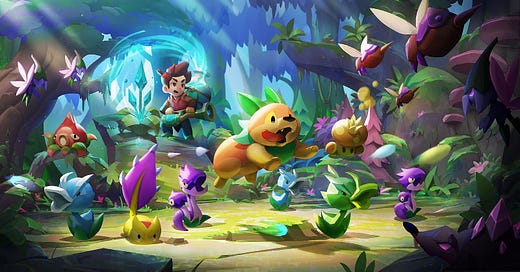



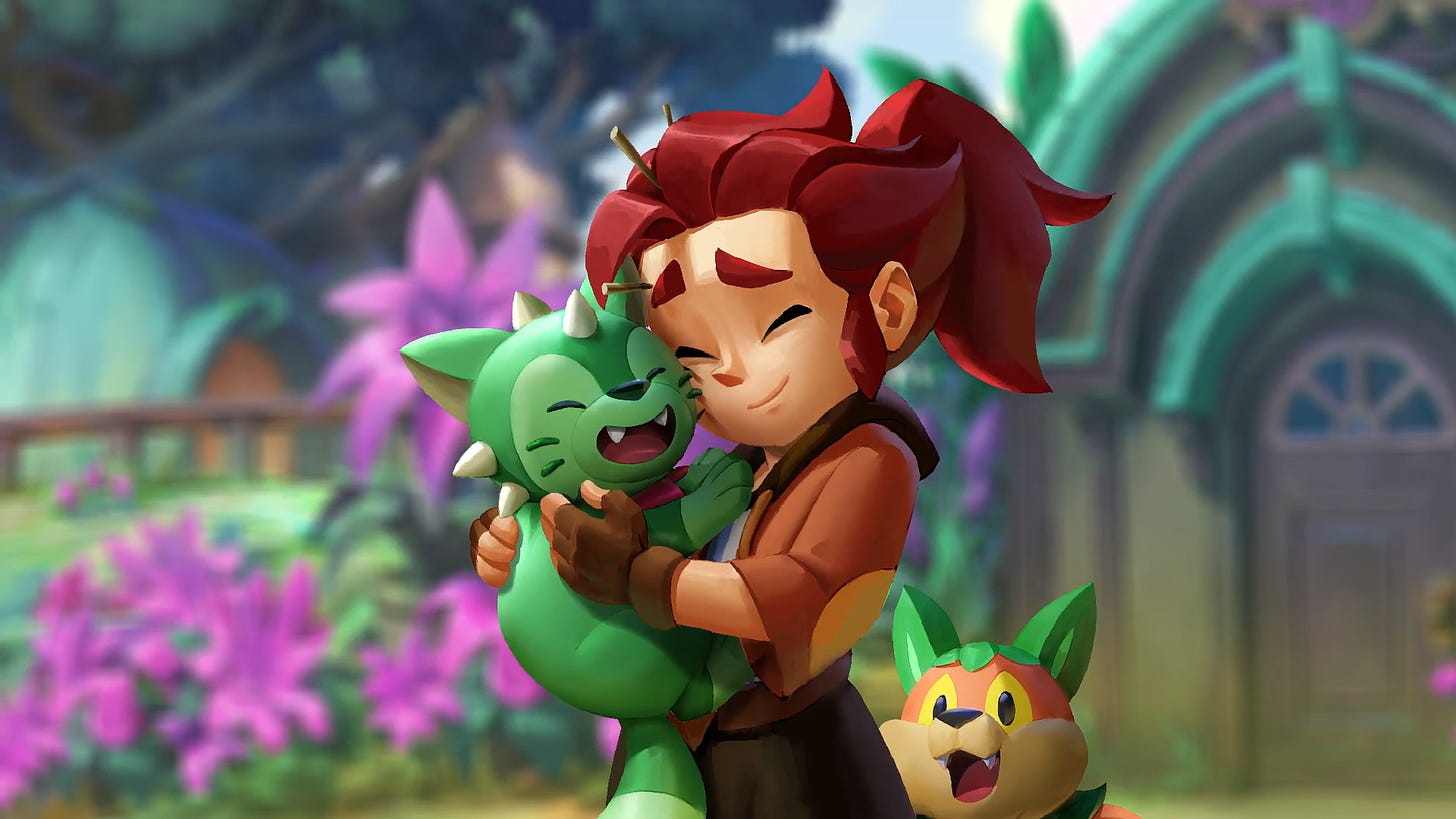
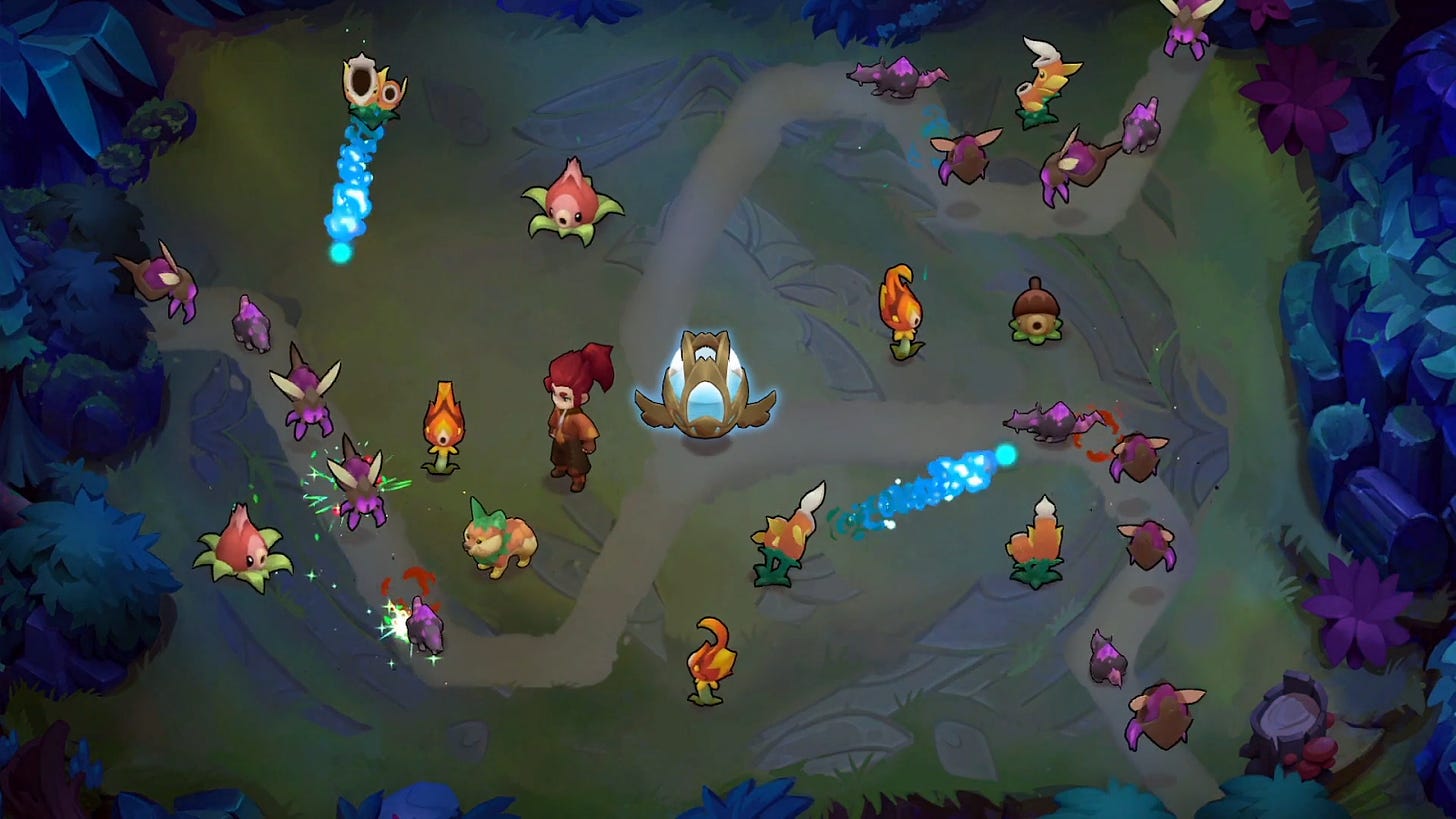
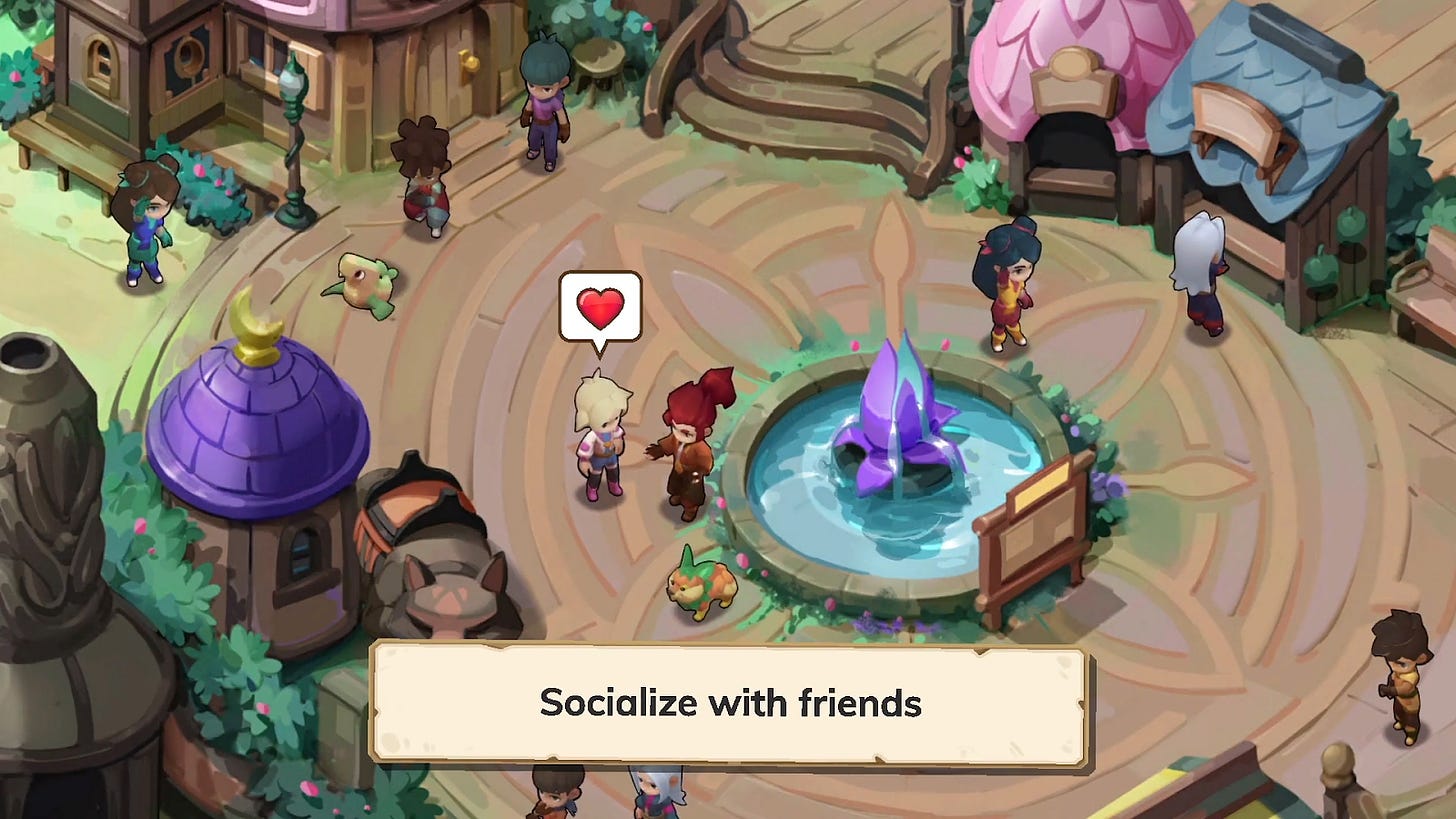
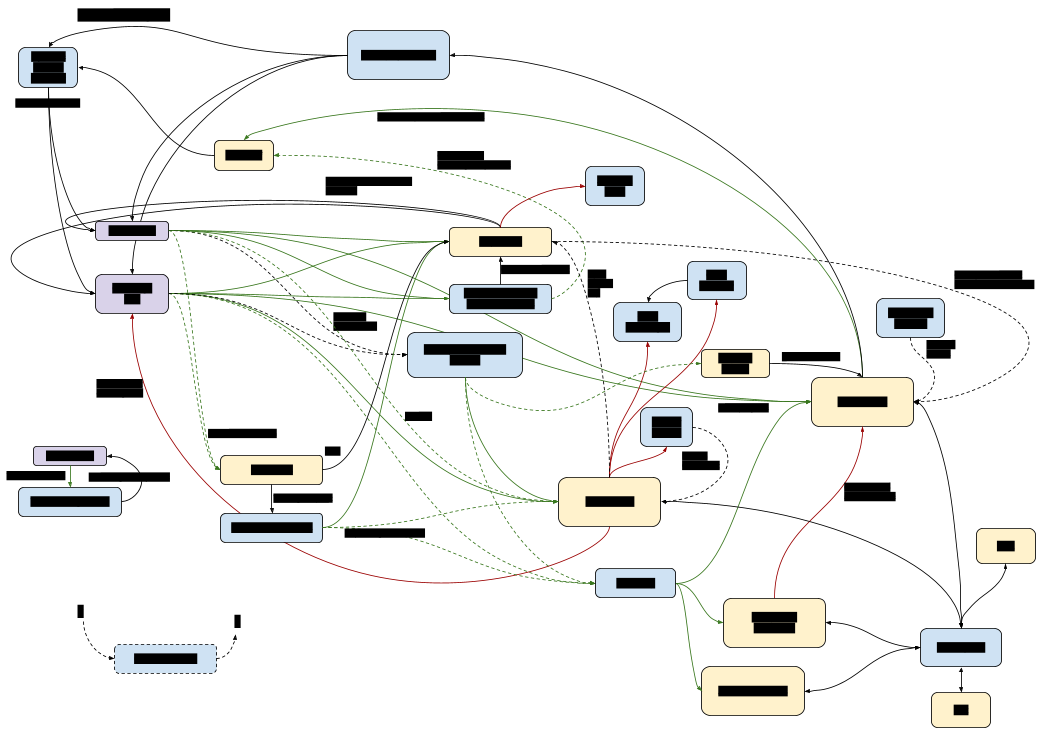
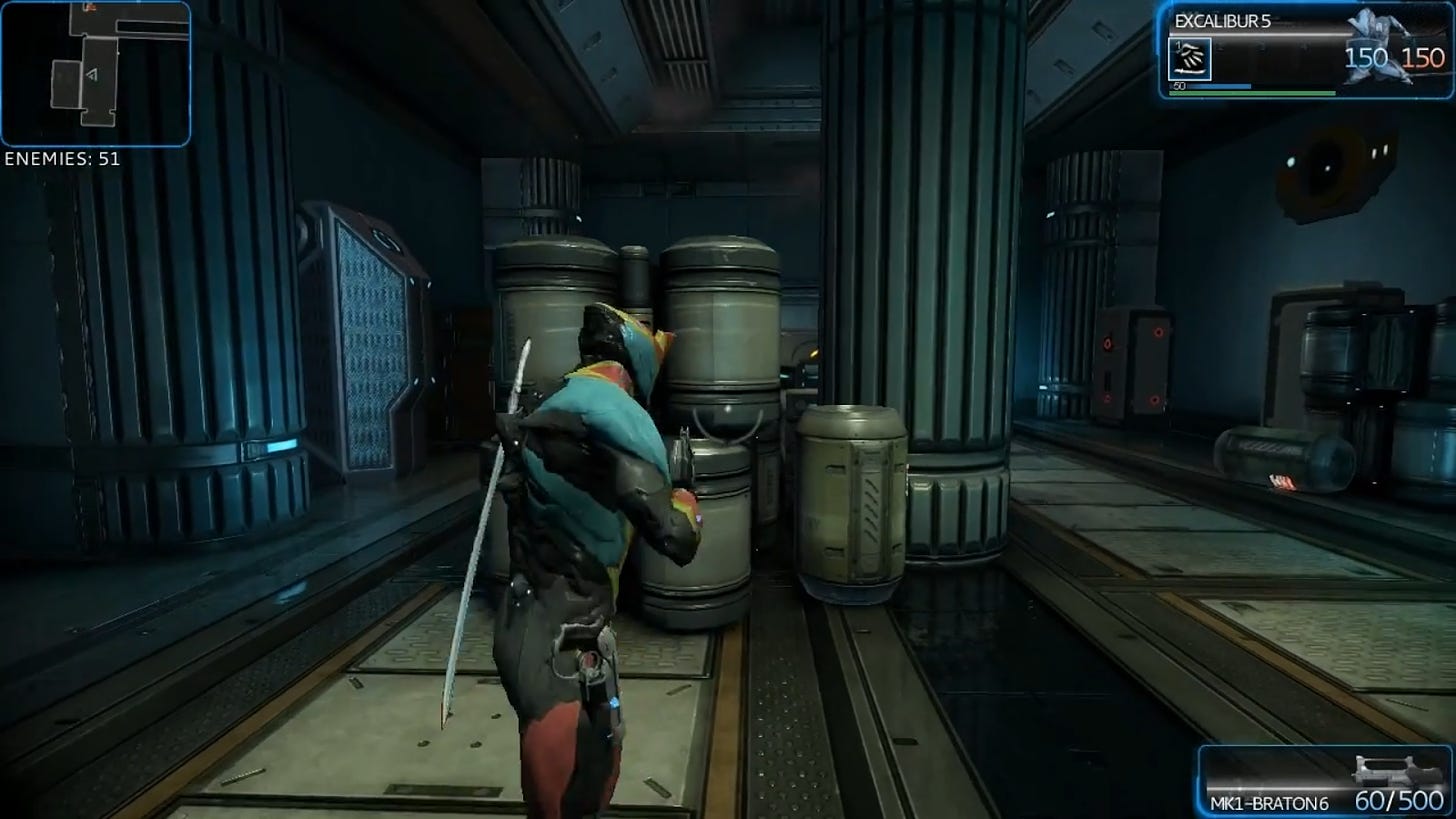
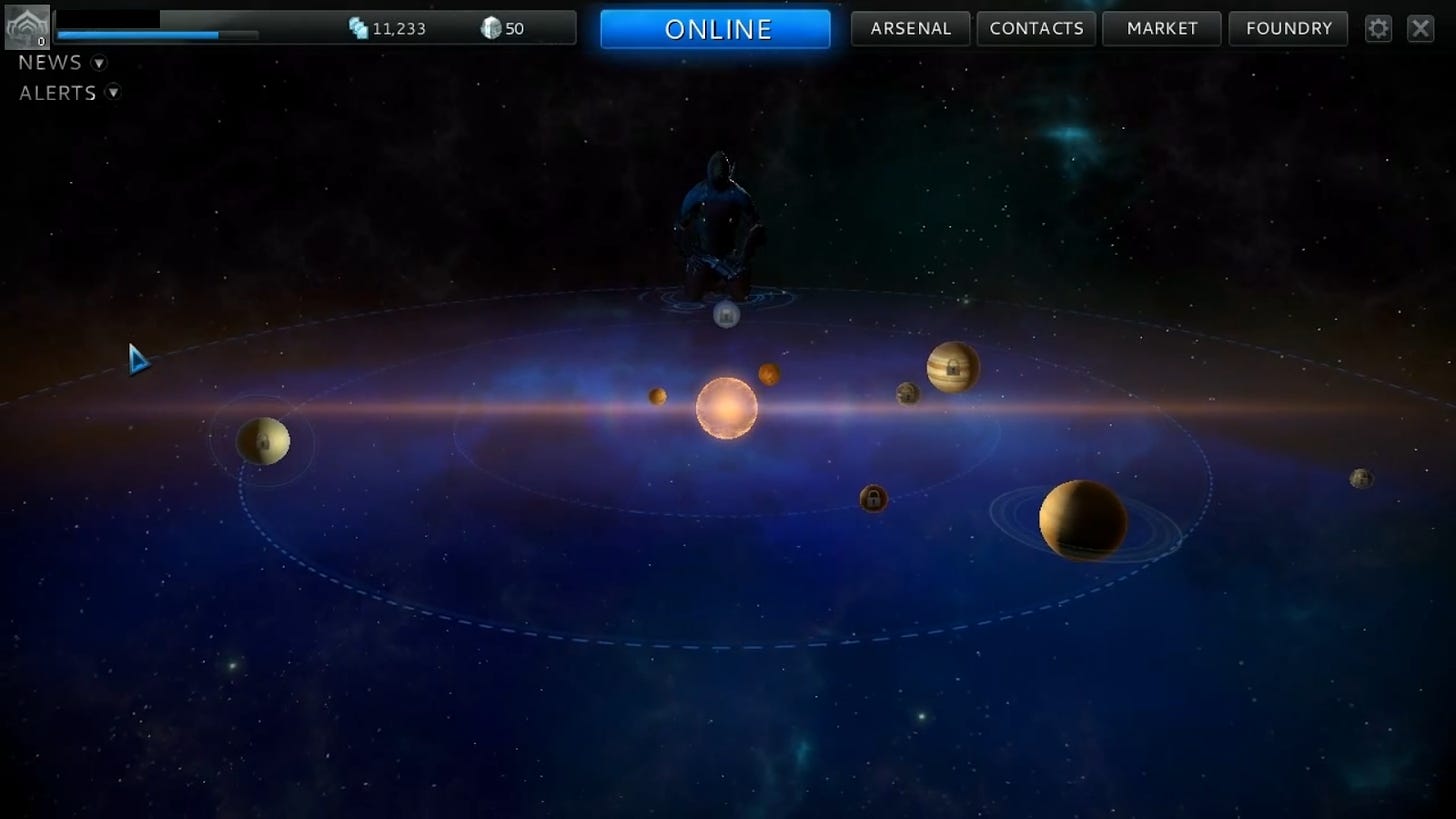
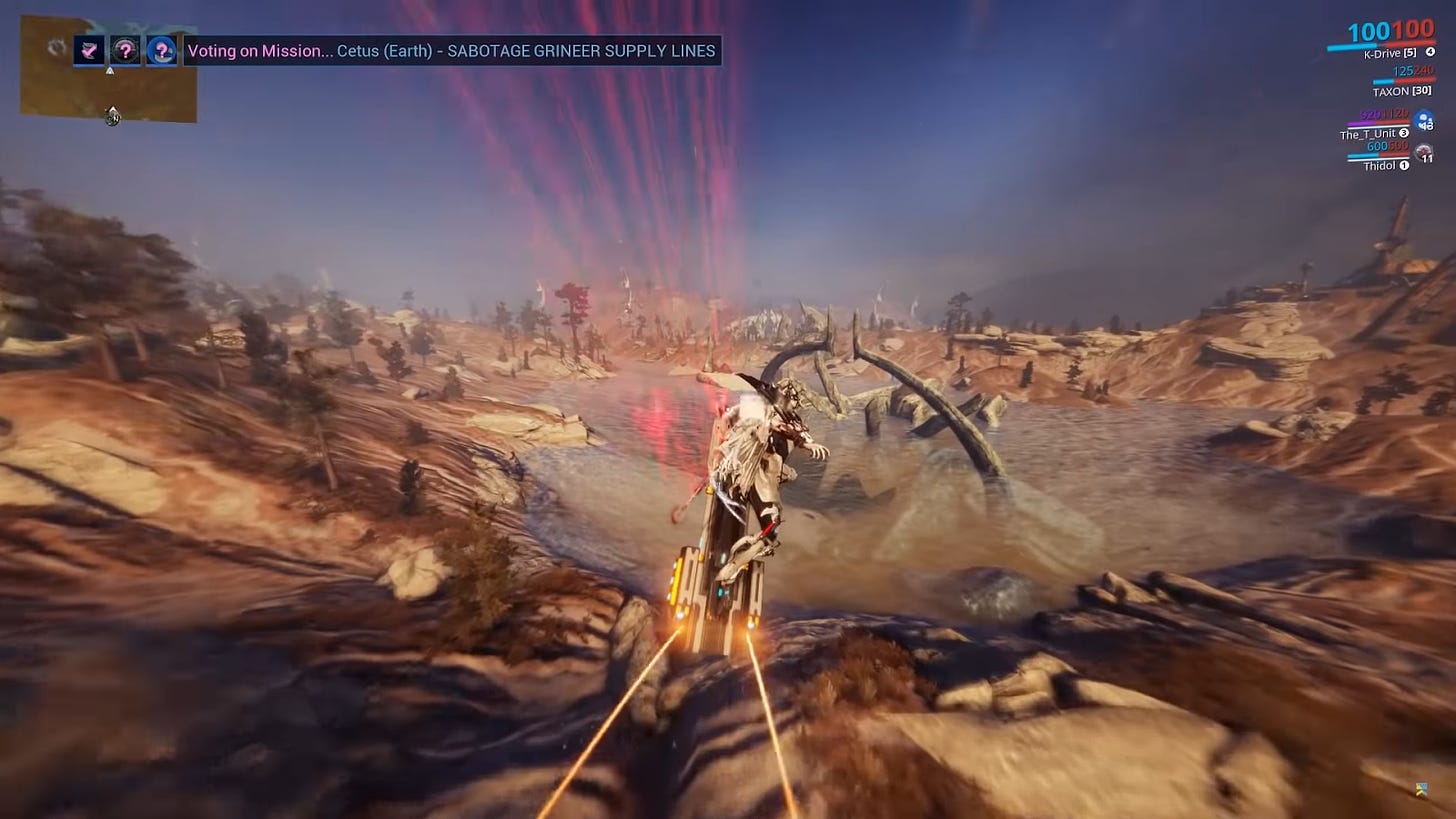
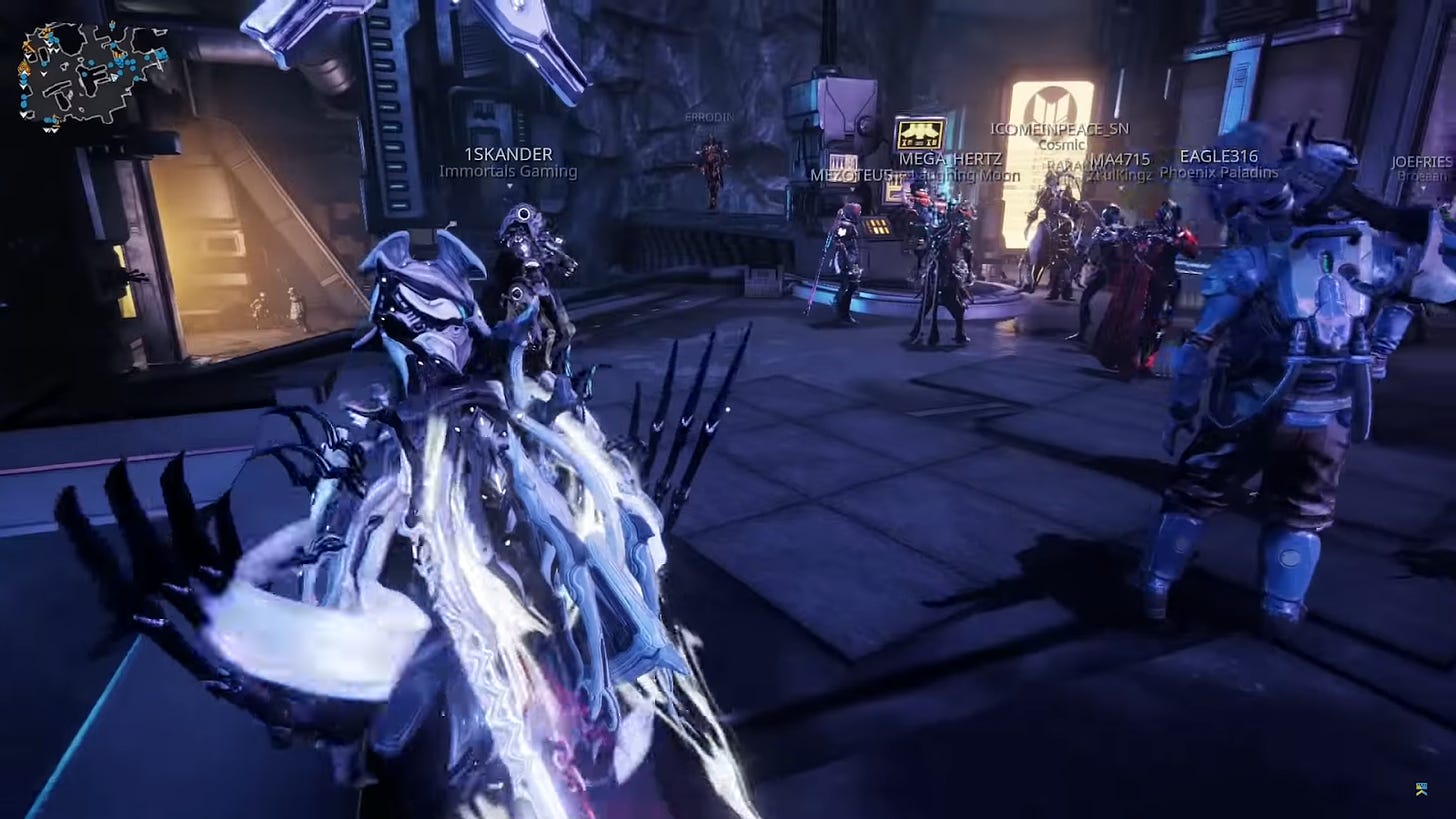
So much thought has gone into this. We are all witnessing something big... Proud to be a member, thepoetsuede!